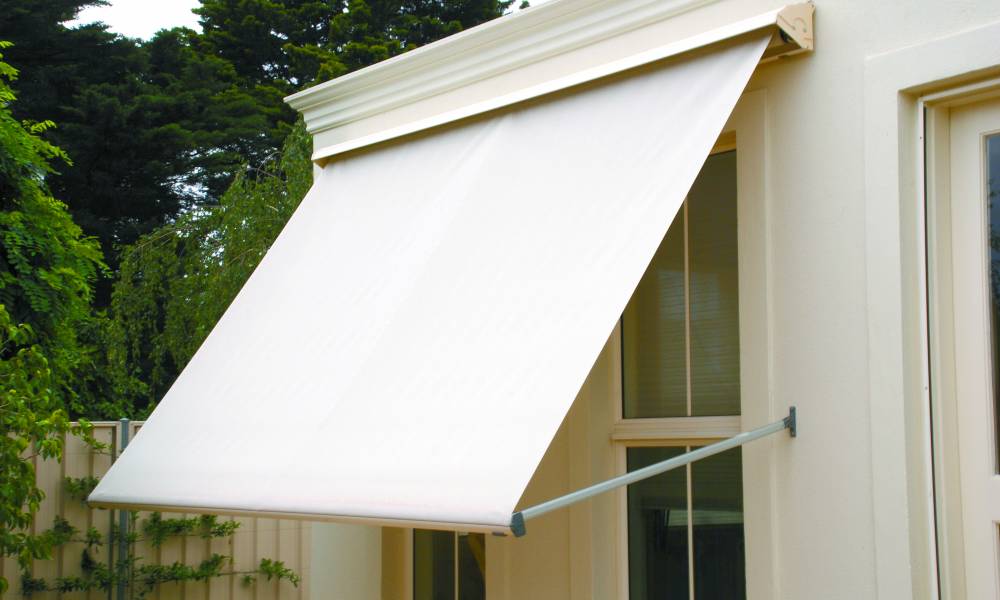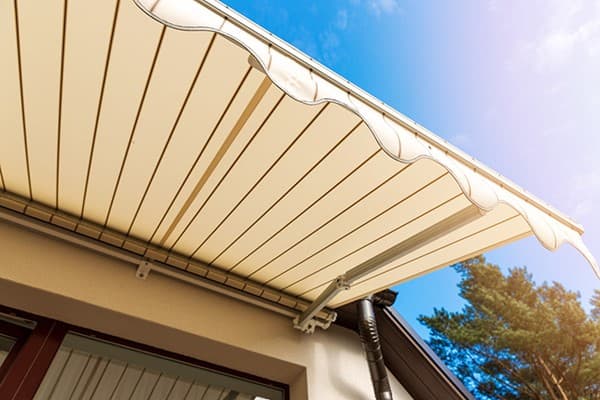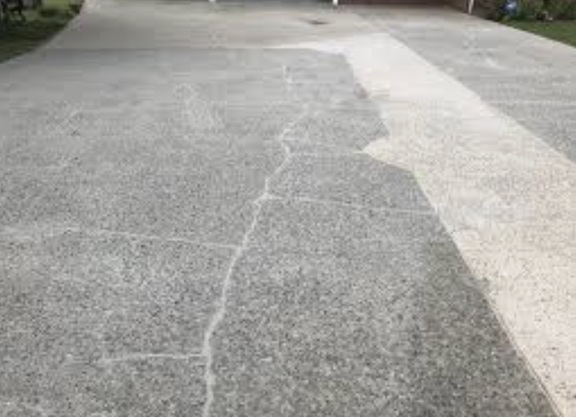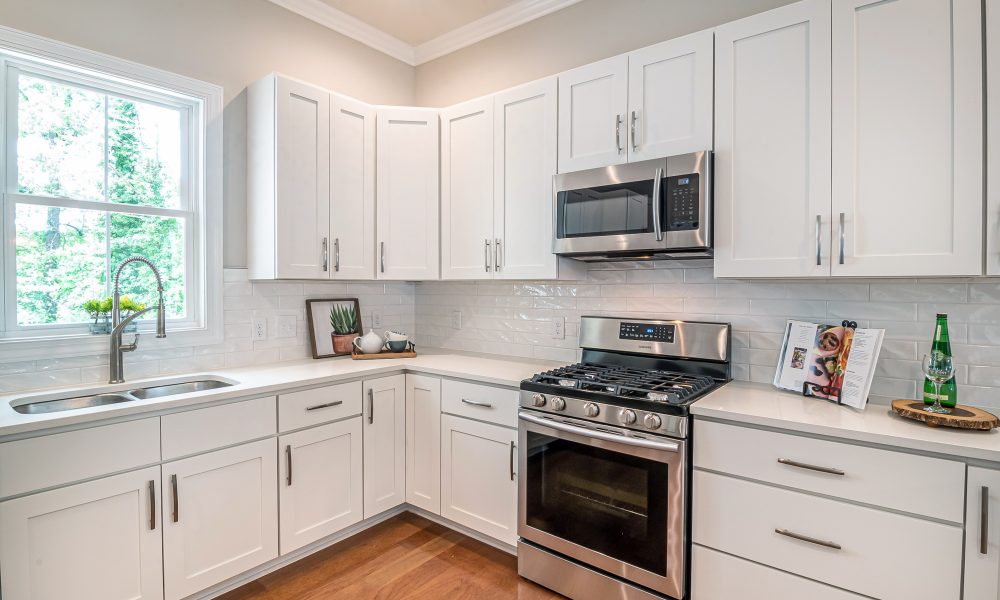The Hidden Architecture of Comfort: How Awnings Reveal Singapore’s Housing Inequality

The Daily Struggle for Shade
When you observe how awnings for homes have become essential infrastructure across Singapore’s housing landscape, you begin to understand something fundamental about survival in one of the world’s most systematically planned urban environments. Walk through any HDB estate during the scorching afternoon hours, and you’ll witness a quiet adaptation taking place—families extending fabric barriers against heat that can reach 35°C, creating pockets of livability where the government’s housing design falls short.
In these moments, awnings become more than architectural accessories. They represent individual responses to collective challenges, small acts of resistance against a climate that makes outdoor spaces uninhabitable for much of the day. The 3.2 million residents living in Singapore’s public housing—comprising 77.4% of the population—have learned that comfort often requires personal investment beyond what standardised housing provides.
The Mathematics of Heat and Inequality
The economics of thermal comfort in Singapore tell a story that transcends simple home improvement. Consider the households occupying 31.3% of residences classified as four-room HDB flats, where families averaging 3.1 residents per unit navigate daily life in spaces designed for efficiency rather than comfort. When temperatures soar and humidity approaches saturation, the £800 to £3,000 investment in quality shading systems becomes a calculation about dignity, health, and the basic human right to a comfortable shelter.
These calculations reveal deeper patterns about how housing policy intersects with individual survival strategies:
- Energy burden inequality– Awnings can reduce cooling costs by up to 75%, but only for those who can afford the initial investment
- Health disparities– UV protection becomes a luxury good in housing estates where shade is inadequately provided
- Space utilisation gaps– Outdoor areas remain unusable without private shading solutions, effectively reducing living space for those who cannot afford them
- Generational wealth transfer– Quality awning installations become part of property value calculations in the resale market
The Lived Experience of Tropical Housing
Through conversations with residents across Singapore’s housing spectrum, a pattern emerges that housing authorities rarely acknowledge. Mrs. Chen, who lives in a corner unit facing west, describes the afternoon transformation: “By 2 PM, the living room becomes impossible. The awning changed our lives—suddenly we had our home back.”
Her experience reflects broader systemic challenges in standardised housing design. The awning industry has evolved to address these gaps:
- Retractable systems– Flexibility for Singapore’s unpredictable weather patterns
- Climate-resistant materials– Acrylic and PVC-coated fabrics for high humidity and UV exposure
- Modular installations– Incremental improvements within HDB regulation constraints
- Energy-efficient designs– Addressing cooling cost burdens affecting lower-income households
The Social Stratification of Comfort

The distribution of awning installations across Singapore’s housing types reveals clear inequality patterns. In landed properties, residents have both financial means and regulatory freedom for comprehensive shading systems, effectively doubling their usable living space year-round. These households represent only 4.7% of Singapore’s residents.
Meanwhile, in HDB estates housing the majority of Singapore’s population, awning installation requires:
- Complex approval processes– Navigating HDB regulations and structural limitations
- Significant financial burden– Major investment relative to household income levels
- Limited design options– Constrained by building codes and aesthetic requirements
- Maintenance responsibilities– Ongoing costs in Singapore’s demanding climate
The result: basic thermal comfort becomes stratified by economic status.
Policy Implications and Market Responses
The awning industry’s growth represents more than business success; it demonstrates market solutions emerging when housing policy fails to address fundamental comfort needs. The fact that families spend substantial housing maintenance budgets on shading solutions suggests systematic gaps in tropical living requirements.
Progressive housing authorities elsewhere have begun incorporating comprehensive shading as standard features rather than optional upgrades. Singapore’s approach—relying on individual solutions to collective challenges—places adaptation burdens on households least equipped to bear additional costs.
The Future of Thermal Justice
Singapore’s intensifying heat due to climate change makes awning innovations increasingly relevant:
- Smart responsive systems– Automatic weather condition adaptations
- Solar-powered motorised units– Sustainable energy solutions for tropical climates
- Modular HDB-compatible designs– Working within existing regulatory frameworks
- Affordable financing models– Making thermal comfort accessible across income levels
Yet technology alone cannot address the underlying problem: basic thermal comfort in tropical climates requires intentional design and adequate public investment.
The Individual and the System
Every awning installation represents a small act of adaptation, a family’s attempt to create comfortable living conditions within systemic constraints. These individual choices, multiplied across Singapore’s housing landscape, reveal both the resilience of residents and the limitations of current policy approaches.
The children playing in shaded courtyards, the elderly residents able to sit outside during the day, the families gathering for evening meals on protected balconies—these scenes of ordinary life are made possible by private investments in public comfort. Their experiences remind us that housing justice extends beyond mere shelter to encompass the daily dignity of thermal comfort.
In Singapore’s carefully planned urban environment, success depends not just on having shelter, but on making that shelter liveable in one of the world’s most challenging climates. The growing sophistication of Retractable Awning systems reflects both technological innovation and the urgent human need for adaptable solutions to the fundamental challenge of staying comfortable at home.




